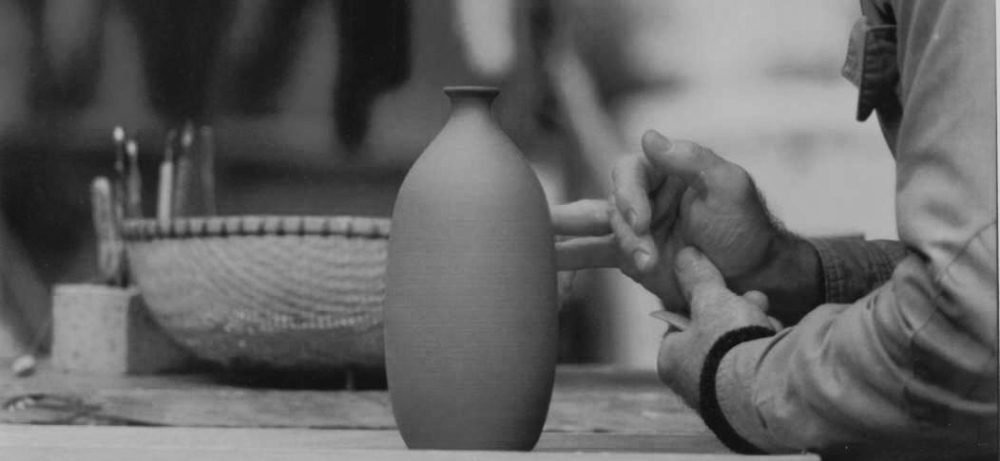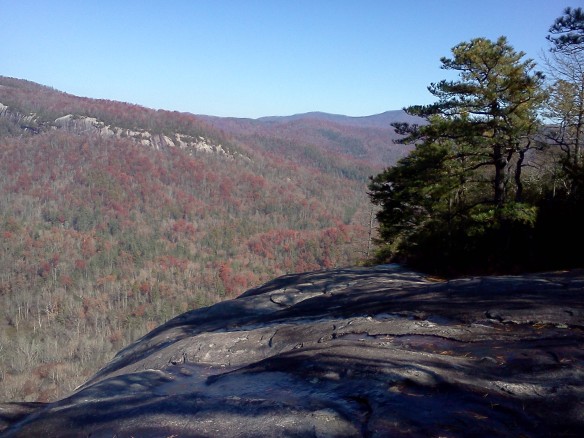Four years my senior, my brother was very athletic and team oriented as he navigated his school years. I was not. He played virtually every sport offered and available, and was good at each one. At some point along the way he decided to be musical as well. That, however, quickly ended with a trumpet stored away in a closet. When I entered junior high our dad came to me and said, “You’re going to take band, and you’re going to play the trumpet.” He pulled the quieted instrument out of the closet and handed it to me.
So I played trumpet in the band throughout my junior high and high school years. I remain grateful for the opportunity. Music was something I enjoyed, the playing of it. I loved to play new pieces placed in front of me as part of sight-reading exercises. While I may not have realized it then, I now know those times of intense exercises as practice in being present with the piece and navigating with the guides of the musical terms placed throughout.
Navigating
Pianissimo is a dynamic term in a score of music instructing the musician to play softly and proceed quietly. Yes, there are many other such musical terms while navigating a scored piece, but this one has always stood out for me. In a particularly well written score, I always loved the change toward soft and quiet that highlighted the previously stronger play or the section about to follow. It was pianissimo that set up my learning to use silence and quiet in my work as a salesman, coach, and consultant. And now, silence continues to implore me to walk more softly and proceed through the quiet of spirit.
On morning meditative walks, I’ve been cycling through thoughts about work, both from the past and into the future. And there lies the rub; the future. My last coaching session was in August of the year prior. I entered that year with only a handful of sessions to complete, work that had begun in the year before. I backed away from pursuing new gigs as COVID-19 began its worldwide threat. So, Retired? It would appear so.
Almost a year after the beginning of the pandemic, I was compelled to pick up, once again, David Whyte’s, The Heart Aroused: Poetry and Preservation of the Soul in Corporate America. After reading chapter one I realized I didn’t pick it up to seek guidance on the future, but to better honor the past.
“Looking over the centuries of human struggle commemorated in poetry, a man or woman often seems to begin the journey to soul recovery in this very lonely place of self-assessment. The uninitiated might call it depression.” — David Whyte
Out of retired boredom, I suppose, I’m on the board of our homeowner’s association. I chair its maintenance committee. I also led the search for a new maintenance supervisor for the buildings and the grounds. A perfect fit was found in a young man who grew up in the neighborhood. As part of his on-boarding, we were able to keep the retiring supervisor on part time for the next year. Within the new supervisor’s first three months, there was a particular issue that would set up an important conversation.
A resident asked for a tree on common ground (that the HOA maintains) to be removed. The tree was old, damaged, with limbs threatening the resident’s home. I told the new supervisor to bring in our outside tree people to remove it. The retiring employee talked him into doing it themselves. The home was damaged. Our new supervisor was not happy. So when he and I had a chance to talk, I told him that we live and learn, and I talked about transition; how our former supervisor was in transition to retirement—a challenge I perfectly understood—and how he also was in transition. Seven years earlier he transitioned from college to his first job, where he was until coming to us when the organization he worked for closed. Now he was in yet another transition, and I challenged him to be more conscious in the navigation.
Rhyme and Recovery
Pianissimo is about transitioning. Too often, when something ends, we rush into what it is we perceive as new. We are ready to move on, to get on with it. We are smart, right? We should know what to do, especially if we are older and more experienced.
Trueness. Such was my work for the past 20 years, maybe longer. Some days I miss the work around this purpose of Trueness that pulled and pushed me forward. But the work of Trueness in me still goes on, and I suppose it will for the remainder of my days. As I’m rounding through all this thinking about work, I know I’m only a couple of steps away from declaring depression. But it really doesn’t feel like depression (coming from someone who has been there). It simply feels empty.
I know I’ve had a good run at work, a run with many different experiences. I’ve had varying and diverse experience with relationships along the way; some close (at least for a time) and some not so close, but meaningful nonetheless. I’ve had a positive impact on many an individual (I also know I stumbled relationally now and then). And I realize work has been instrumental in my full evolution, allowing learning all along the way. I’ve navigated one transition then another.
The path toward Sage
Time I cannot stop
Paused, I can make it feel so
But important it is
To know time
Not as an enemy
But a friend
For in time
There is experience
The building of knowledge
In a series of novels I read, there is an old, wise Native American named Henry. I long to be like him. My hope for quiet, steady days is really desire for a quiet, steady spirit within myself; to move among my days remaining as slowly, deliberately, kindly, gently, and most of all, lovingly as the fictional Henry.
In my work as a coach I know I became, for some, a sage; at least of sorts. But what about now? Questions about work I keep asking. Is there more work for me to do? Is there something left of this call that guided me for many years? This sense, maybe even desire, I have of a sage; what do I do with it? Am I being called into a new work? A new level of work? Is it a call and movement into deeper participation? I’m not sure of much right now. Or am I?
It’s difficult recovering from a calling and a career. I think they call this retirement. I think this is known as transition.
Following is a poem with rhyme. I don’t normally write such, as free verse seems to be my better fare. Rhyming often feels forced. But this one seemed to need rhyme to speak properly, or maybe I needed the work in finding rhyme and rhythm as the poem worked on me. It would seem so.
The Path’s Score
Life’s score, now at a place
deep within instructed.
Play at a calmer pace
freedom, less conducted.
Melody once sought
to purchase, once thought.
The play, now demands
calmness in commands.
Written in the score
the values implore,
and spirit proceeds.
And my soul agrees.
It is time for meaning
in everything that’s done
acts of love, redeeming.
Believing all, as one.
All As One
Dan, my father-in-law, can do anything. Literally, in my view, he can do anything. I’ve seen it; welding, refrigeration, electrical wiring, and especially the elite woodwork of a craftsman. He can do it all, all self-taught. I’ve known and watched him for 47 years now. Over the years I’ve not only watched him, but been a helper on many occasions. And throughout all the work, we’ve shared observations, and stories. He is now 88 and I’m 66, and recently he shared a story that I couldn’t believe I’d not previously heard.
My wife’s parents live outside the city of Vicksburg, Mississippi. It is known as the bluff city, hilly with, what we know as, gullies (mountain areas have valleys, hilly areas have gullies). One day, many years ago, he came home from his work at the International Paper Company, where he performed many of his diverse, skilled miracles. The outside edge of their garage was a shear drop of at least six feet. The siding of the garage rested on the ledge of the concrete footing, and on that ledge was a large dog. The dog had somehow managed to get onto that footing and obviously couldn’t get down. He perched there shaking like a leaf, terrified.
Dan went and got a board from his lumber stack, placed it at the ledge so the dog could have a path to safely come down, which he did. Upon hitting the solid ground, he trotted off down the road. Dan headed to the backyard on normal after work business. He heard something behind him, and turned to find the dog had returned. The dog simply stood on his back legs and placed his front ones on my dad’s chest—as if to say, Thank you. And once again trotted off home.
Notes:
Whyte, David. The Heart Aroused: Poetry and the Preservation of the Soul in Corporate America. New York: Doubleday, 1994.
Krueger, William Kent. The Cork O’Conner series. New York: Simon & Schuster, 2009-2021.








